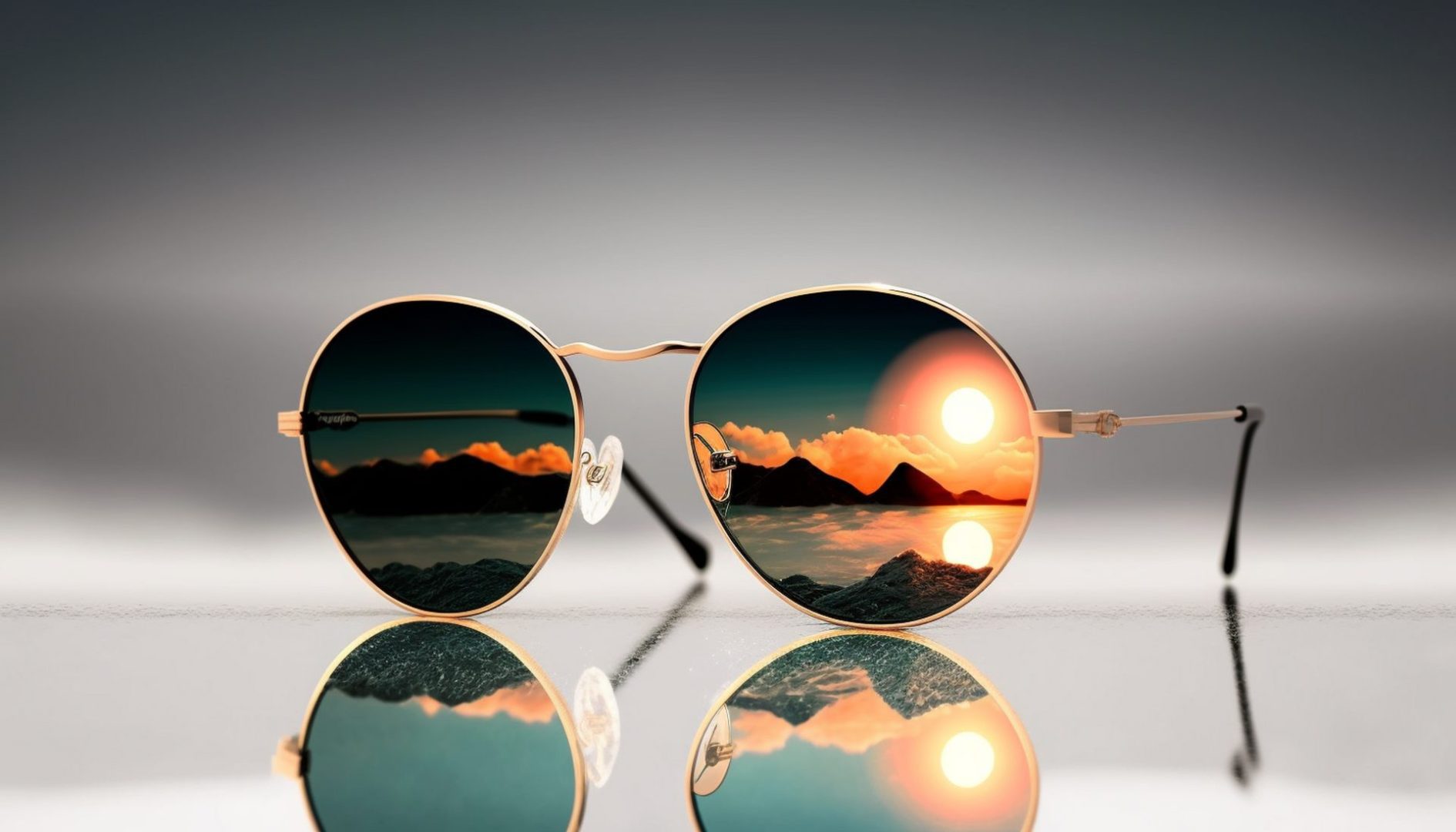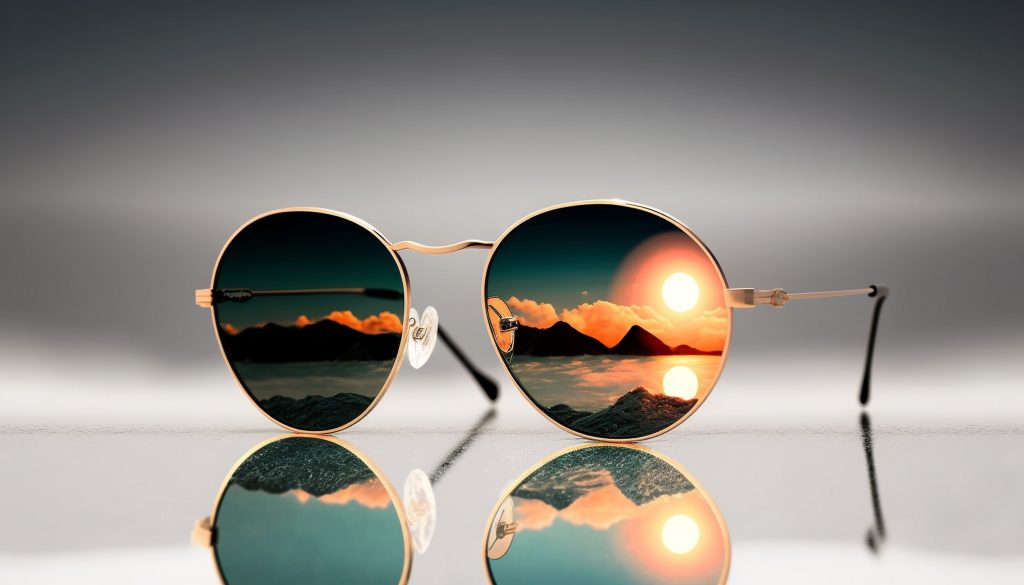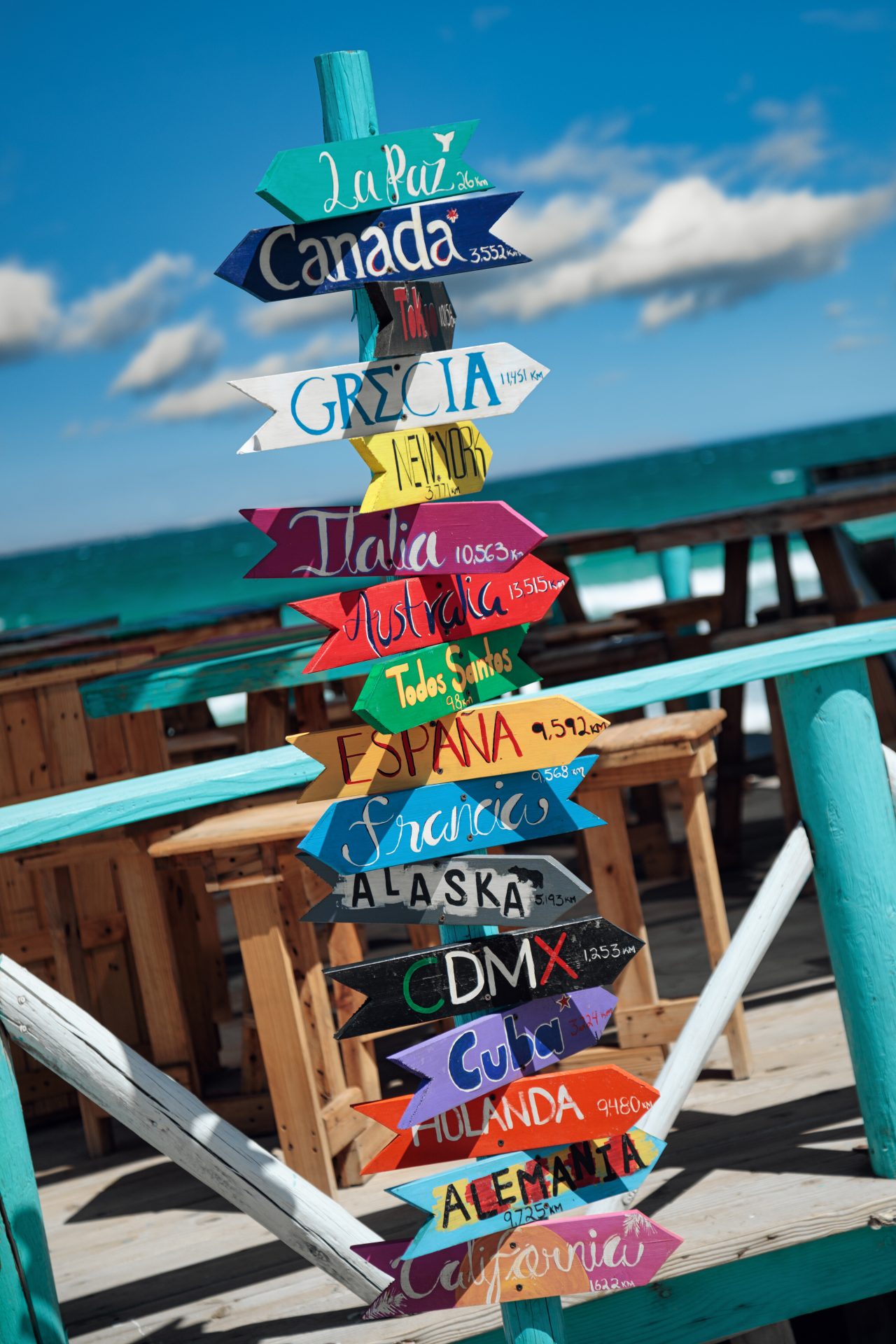How to Choose the Best Sunglasses for Every Outdoor Adventure


Are you an adventure travel enthusiast who loves spending time outdoors? Whether you’re hiking, biking, or simply enjoying a sunny day at the beach, protecting your eyes from the sun’s harmful rays is essential. One of the most effective ways to do this is by wearing the perfect pair of sunglasses. However, with so many options available in the market, choosing the best sunglasses for your outdoor adventure can be a daunting task. In this article, we will guide you through the process of selecting the best sunglasses for adventure travel that not only provide optimal eye protection but also suit your specific outdoor activities.



Importance of Sunglasses for Outdoor Activities
Before delving into the details of choosing the best sunglasses, let’s first understand why wearing sunglasses is crucial for outdoor adventures. Exposure to sunlight, particularly its ultraviolet (UV) rays, can lead to various eye problems, including cataracts, macular degeneration, and photokeratitis. Sunglasses act as a shield, protecting your eyes from these harmful rays and reducing the risk of long-term damage. Furthermore, sunglasses also enhance visual clarity, reduce glare, and provide comfort, allowing you to fully enjoy your outdoor adventures.
Choosing Sunglasses with the best UV Protection
Are all sunglasses UV (UVA/UVB) protected? When selecting the best sunglasses for adventure travel, the most critical factor to consider is their ability to block UV rays, not all of them have this feature. Look for sunglasses that offer 100% UV protection, as this ensures maximum safety for your eyes. UV protection is usually indicated on the product label or sticker. Remember, the darkness or color of the lenses does not necessarily indicate their level of UV protection. It’s always better to prioritize UVA/UVB protection over aesthetic factors.
Polarized vs. Non-Polarized Lenses
Polarized lenses are a popular choice for adventure enthusiasts. They contain a special filter that blocks reflected light, reducing glare from surfaces like water, snow, or road pavements. This makes them especially beneficial for activities like boating, fishing, or driving. Non-polarized lenses, on the other hand, do not have this filter but still provide UV protection. Consider the specific demands of your outdoor activity or possible travel destinations when deciding between polarized and non-polarized lenses.
Lens Material and Durability
Sunglasses lenses are typically made from various materials, each offering different benefits. Here are a few common options:
- Glass: Glass lenses provide excellent clarity and scratch resistance but are heavier and more prone to breakage.
- Polycarbonate: Polycarbonate lenses are lightweight, impact-resistant, and a popular choice for sports and active pursuits.
- Trivex: Trivex lenses are similar to polycarbonate, offering lightweight durability with enhanced optical quality.
Choose a lens material that suits your needs, considering factors such as weight, impact resistance, and optical performance.
Frame Styles for Different Outdoor Adventures
The right frame style enhances both functionality and style. Here are some popular frame options based on different outdoor activities:
- Wraparound Frames: Ideal for activities like cycling and running, wraparound frames provide a snug fit, maximum coverage, and protection from wind and debris.
- Aviator Frames: Known for their timeless appeal, aviator frames are a classic choice for various outdoor adventures, providing both style and functionality.
- Sport-specific Frames: Many sports have dedicated sunglasses designed for optimal performance, such as skiing goggles, golf sunglasses, and mountaineering glasses. These specialized frames cater to specific needs and offer enhanced features like interchangeable lenses.
Consider the demands of your outdoor activity and choose a frame style that complements your needs.
Lens Tints and Color Options



Different lens tints and colors offer varying levels of light transmission and are suitable for different conditions. Here are some common options:
- Gray: Provides natural color perception and reduces brightness, making it suitable for a wide range of outdoor activities.
- Brown/Amber: Enhances contrast and depth perception, making them ideal for activities like hiking and skiing in variable light conditions.
- Yellow/Orange: Increases visual clarity and depth perception in low-light conditions, often used for activities like shooting or skiing at night.
Select a lens tint that suits the lighting conditions you’re most likely to encounter during your outdoor adventures.
Fit and Comfort
A proper fit is essential for sunglasses to provide optimal protection and comfort. Consider the following factors when assessing the fit:
- Frame Size: Choose a frame size that matches your face shape and provides adequate coverage without blocking your peripheral vision.
- Nose Pads and Bridge Design: Adjustable nose pads and a well-designed bridge ensure a secure and comfortable fit, preventing slippage during active pursuits.
- Temple Grip: Look for sunglasses with temple grips or rubberized arms that provide a secure grip, especially during strenuous activities.
Try on different sunglasses and assess their fit before making a final decision.
Additional Features to Consider



Apart from the essentials, certain additional features can enhance your sunglasses’ functionality. Here are a few to consider:
- Anti-Reflective Coating: reduces reflections from the back surface of the lenses, improving clarity, and reducing eye strain.
- Mirrored Coating: mirrored lenses reduce glare by reflecting light away from the eyes, making them suitable for intense sunlight conditions.
- Anti-fog Coating: for foggy weather conditions
- Photochromic Lenses: these lenses automatically adjust their tint based on the lighting conditions, providing convenience and adaptability.
- Prescription Compatibility: if you wear prescription glasses, consider sunglasses that can accommodate your vision needs through prescription lenses or lens inserts.
Evaluate these additional features based on your preferences and the specific demands of your outdoor activities.
Maintenance and Care Tips
To prolong the lifespan of your sunglasses and ensure their optimal performance, follow these maintenance and care tips:
- Clean Regularly: Use a microfiber cloth or lens cleaning solution to remove dirt, fingerprints, and smudges from your lenses.
- Store Properly: Keep your sunglasses in a protective case when not in use to prevent scratches and damage.
- Handle with Care: Avoid placing your sunglasses face down, and never clean them with abrasive materials that may scratch the lenses.
- Avoid Extreme Conditions: While some sunglasses are designed for extreme environments, it’s generally advisable to avoid exposing them to extreme heat or cold.
By following these simple maintenance practices, you can keep your sunglasses in top condition for your outdoor adventures.
From our extensive experience, we would recommend the Oakley brand for the best features.



Conclusion
Choosing the best sunglasses for adventure travel is crucial for protecting your eyes and enhancing your overall experience. Consider factors such as UV protection, lens type, frame style, lens tint, fit, and additional features when making your selection. Remember to prioritize functionality and comfort while also expressing your personal style. With the right sunglasses, you can venture into the great outdoors with confidence, knowing that your eyes are well-protected.
FAQs
1. Are expensive sunglasses always better than cheaper ones?
The price of sunglasses doesn’t necessarily determine their quality. Focus on factors like UV protection, lens material, and fit rather than price alone. Many affordable sunglasses offer excellent protection and performance.
2. Can I wear sunglasses while participating in water sports?
Yes, wearing sunglasses while participating in water sports is highly recommended. Look for polarized lenses to reduce glare and ensure clear vision on the water.
3. Do children need sunglasses for outdoor activities?
Yes, children’s eyes are more susceptible to UV damage than adults. It’s crucial to provide them with sunglasses that offer 100% UV protection when they engage in outdoor activities.
4. Can I wear contact lenses with sunglasses?
Absolutely! Sunglasses can be worn over contact lenses. Consider selecting sunglasses that provide a comfortable fit and don’t interfere with your contact lens wear.
5. How often should I replace my sunglasses?
It’s recommended to replace your sunglasses every 1-2 years or sooner if you notice any damage to the lenses or frames. Regularly assess their condition to ensure they continue to provide adequate protection.
Newsletter Subscription
You May Also Like


How to Choose the Best Sunglasses for Every Outdoor Adventure
Are you an adventure travel enthusiast who loves spending time outdoors? Whether you’re...

Summer Isn’t Over Until You Say It Is: Everlasting Summer Destinations
As the leaves turn and the air takes on a crisp edge, many assume that summer has officially...


